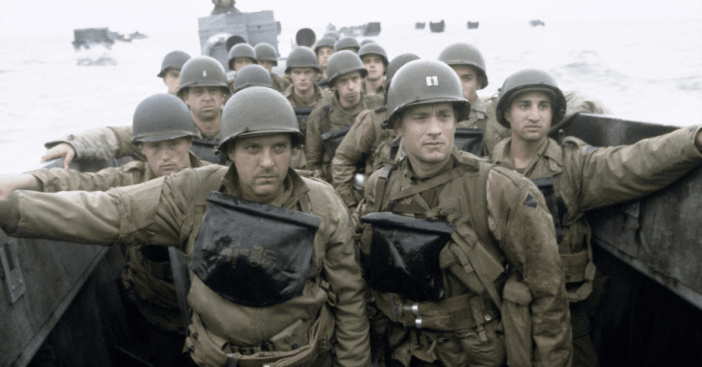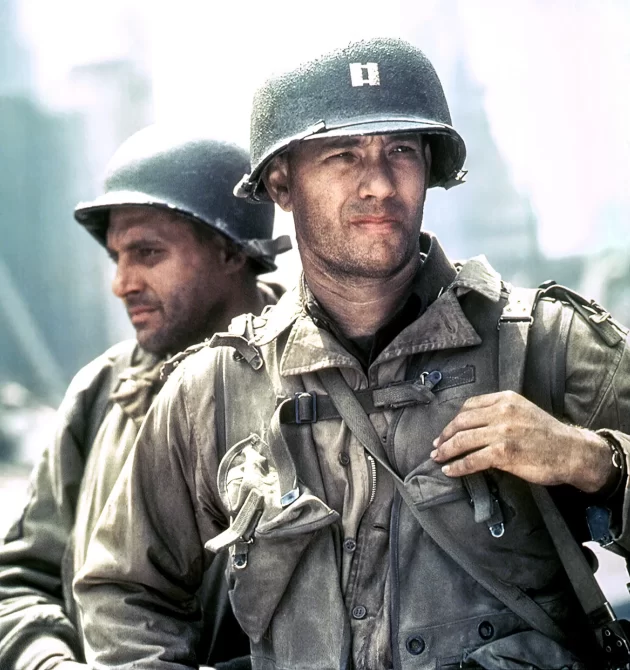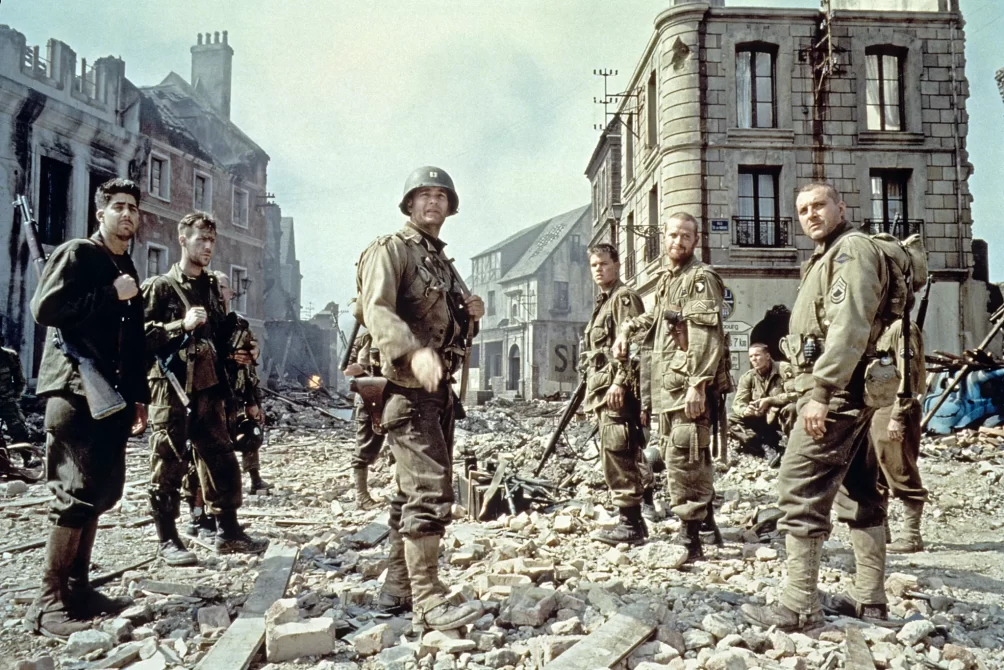
While most war films try as much as possible to reflect originality, Steven Spielberg’s 1998 movie Saving Private Ryan, set during World War II, is still widely considered one of the most brutally realistic war movies ever made.
Based on Spielberg’s deep roots as the son of a World War II Veteran and the several wartime stories he had heard from his father, the series of actions in the film, which opens with the depiction of the D-Day invasion of Omaha Beach, was so graphically intense that it brought about reactions among military veterans, many of whom experienced flashbacks, and overwhelming emotions while watching it in the theaters.
The graphic war front portrayal of ‘Saving Private Ryan’ was overwhelming for war veterans

Spielberg’s Saving Private Ryan revolutionized war cinema, putting the audience almost face to face with the horrors of war through the movie’s relentless gunfire, graphic dismemberments, and the raw terror that was visible on the soldiers’ faces. His hyper-authentic technique of using desaturated colors broke the standard set by conventional war movies and forced many military veterans to vividly recall their bottled-up traumas from their war experiences.
According to several reports from families and theater staff, the film had a profound impact on the veterans, so much so that many sobbed uncontrollably while some ran out of the theaters as they faced the ghost of their past.
Speaking with WFAA, Spielberg explained that while his movies were intended to pay tribute to veterans, he did not want to follow in the footsteps of traditional war movies that often glorify combat. Instead, he sought to portray war with unflinching honesty, stripping away all illusions of glamour.

‘Saving Private Ryan’ helped veterans confront their past
Although initially, the movie was believed to have created acute distress for the veterans, it became unexpectedly therapeutic, serving as a catalyst for confronting their long-suppressed trauma. A good example involved a Navy veteran who had survived the sinking of his ship in the Pacific but had never spoken about his experiences. After watching the film, he was overcome with emotion, and this became a turning point as he finally began sharing his wartime memories.

The film’s impact was so far-reaching that when the U.S. Department of Veterans Affairs established a nationwide hotline to assist veterans struggling with its aftermath, counselors across the country reported a surge in the number of veterans seeking help for PTSD symptoms that had either gone unacknowledged or lain dormant over a long period of time.
